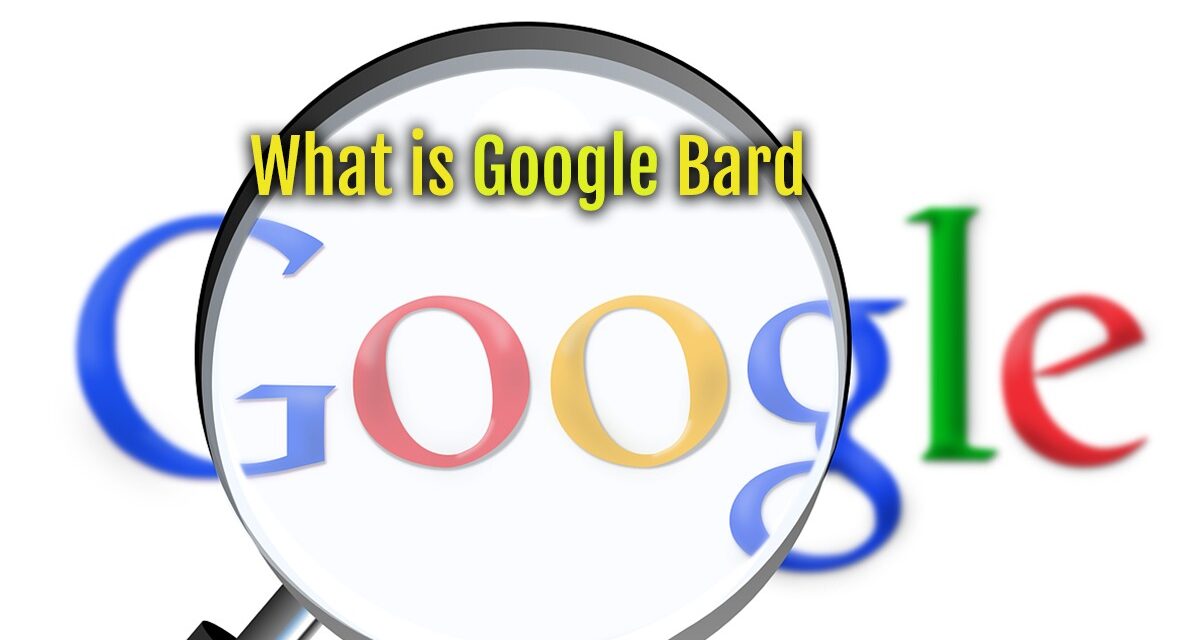Introduction
In the fast-paced digital era, search engines have become an integral part of our daily lives, guiding us through the vast expanse of information available on the internet. Google, being the dominant player in the search engine market, has consistently strived to enhance user experience and provide more relevant and comprehensive search results. In this article, we will explore the innovative and transformative concept of “Google Bard” and how it is set to revolutionize the way we search for information.
What is Google Bard?
Google Bard is an ambitious project by Google, aiming to redefine the traditional search engine experience by integrating advanced AI and Natural Language Processing (NLP) technologies. It seeks to transform search queries from traditional keyword-based inputs to conversational interactions, making searches feel more like natural conversations with a knowledgeable companion.
In essence, Google Bard is an evolution of Google’s search capabilities, making it more intuitive, personalized, and capable of understanding complex questions, context, and user intent.
How Does Google Bard Work?
The core of Google Bard lies in its sophisticated AI algorithms that allow it to interpret and process natural language queries. Rather than relying solely on matching keywords, Google Bard employs deep learning and NLP models to understand the semantics and context of the user’s question.
Here’s a brief overview of how works:
- Natural Language Understanding (NLU): Google Bard leverages advanced NLU models to comprehend the meaning behind the user’s search queries. This involves parsing the sentence structure, identifying entities, and grasping the underlying intent of the user’s question.
- Contextual Awareness: The AI-driven capabilities of Google Bard enable it to retain context throughout the conversation. It can remember the user’s previous queries and responses, making subsequent interactions more personalized and relevant.
- Real-time Learning: Google Bard continuously learns from user interactions, enhancing its ability to provide accurate and contextually appropriate responses over time. This dynamic learning process ensures that Bard becomes more adept at understanding users and refining search results.
- Multi-modal Interaction: Google Bard extends beyond text-based interactions and supports multi-modal interactions, encompassing voice, images, and other forms of input. This makes it more versatile and accessible across different devices and platforms.
Benefits
Conversational Experience: Google Bard offers a conversational search experience that feels more natural and human-like. Users can express queries in a more fluid manner, eliminating the need to frame searches around specific keywords.
Personalization: By understanding the context of conversations and learning from user behavior, Google Bard can tailor search results to individual preferences and past interactions, delivering more personalized and relevant information.
Comprehensive Responses: With its enhanced NLP capabilities, Google Bard can provide more in-depth answers to complex questions, leading to more comprehensive and accurate search results.
Accessibility: The multi-modal capabilities of Google Bard cater to a broader range of users, including those with visual or physical impairments. Voice-based interactions enable hands-free and screen-free search experiences.
Time Efficiency: The conversational nature of Google Bard’s interactions streamlines the search process, potentially reducing the number of interactions needed to find the desired information.
Conclusion
Google Bard represents a significant leap forward in the world of search engines, leveraging cutting-edge AI and NLP technologies to provide a more intuitive, conversational, and personalized user experience. As Google continues to refine and expand this project, we can expect to witness a new era in information retrieval, where users can effortlessly interact with search engines like never before. The future of search is set to become more engaging, eff





